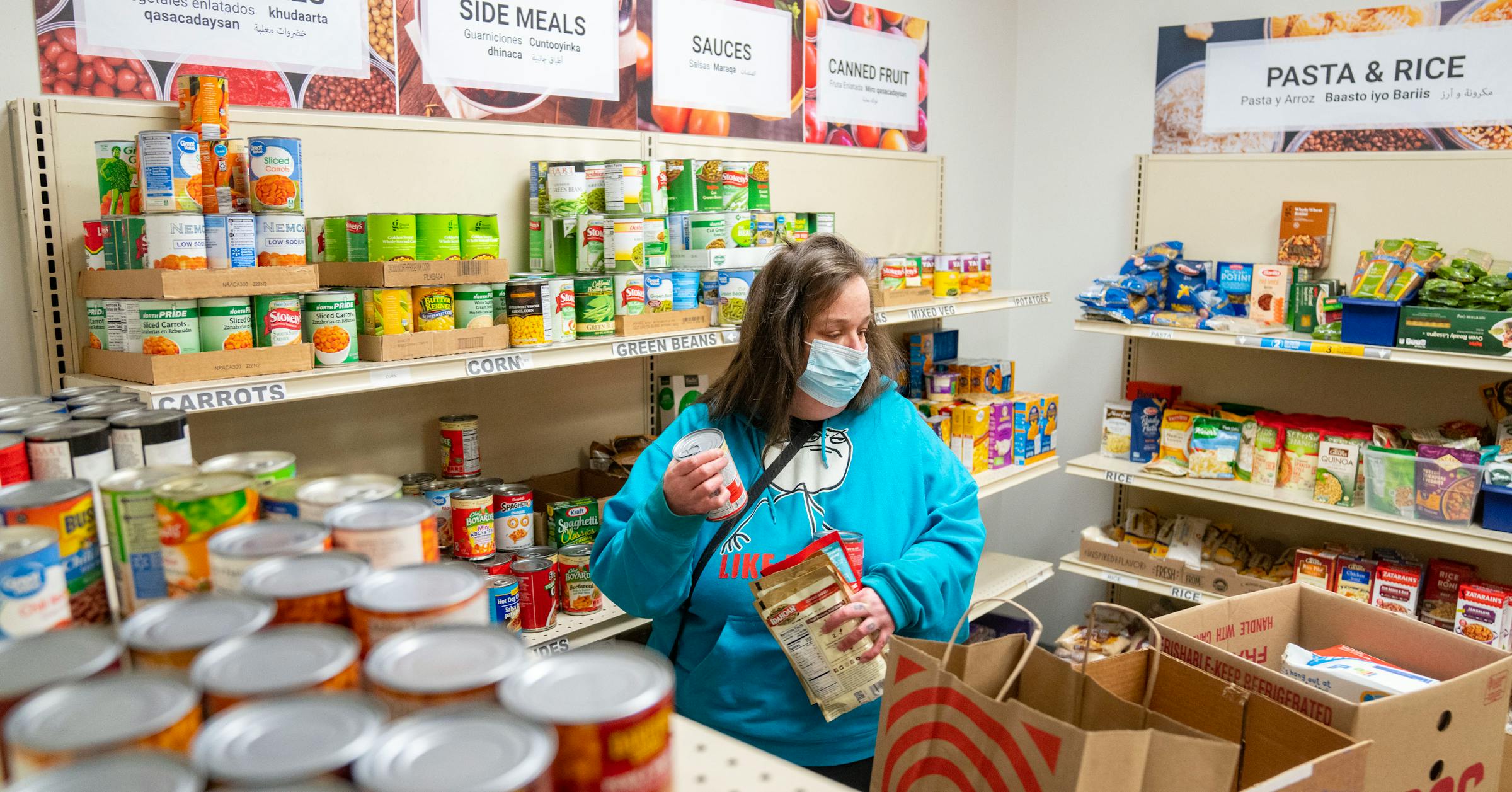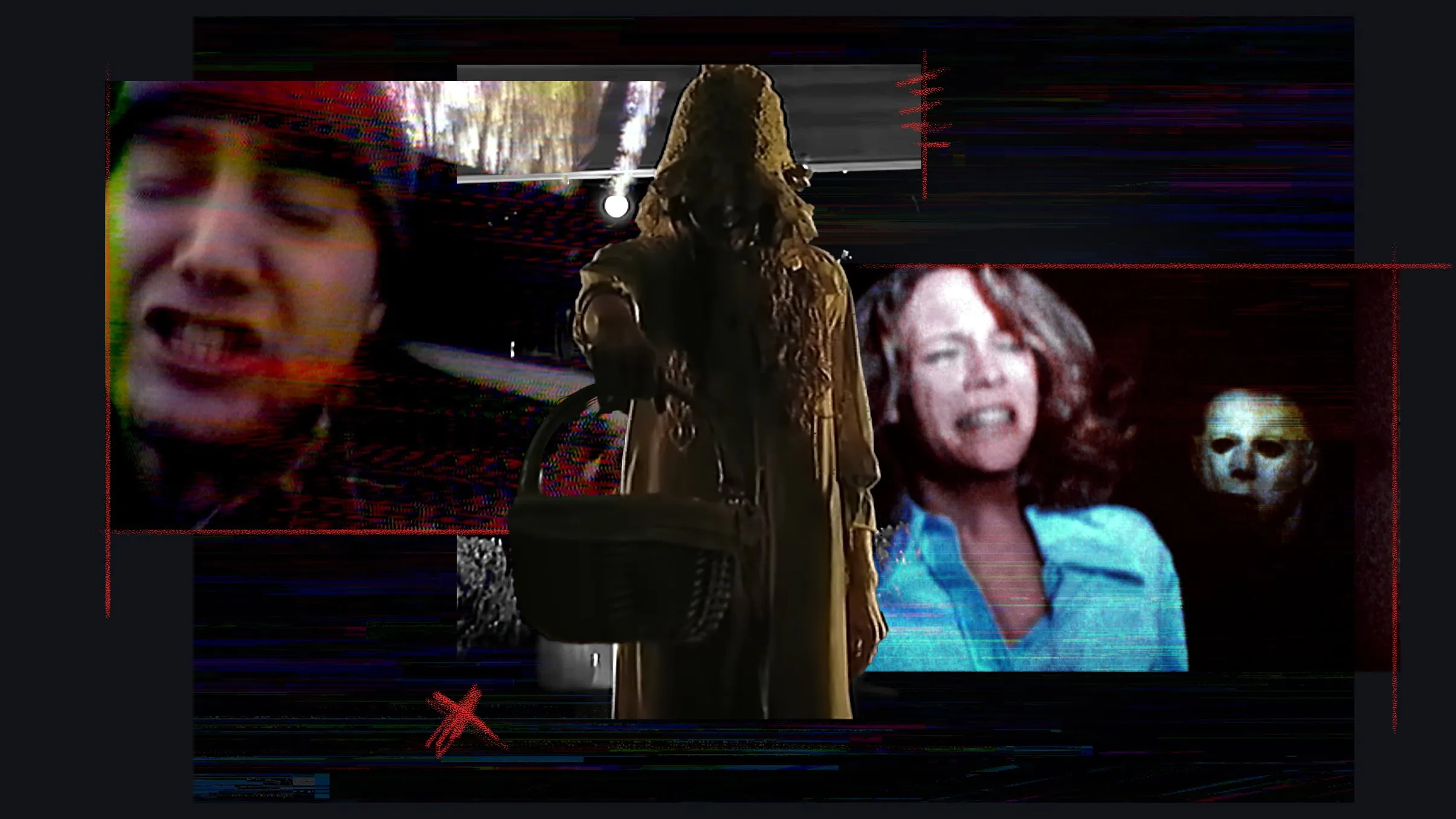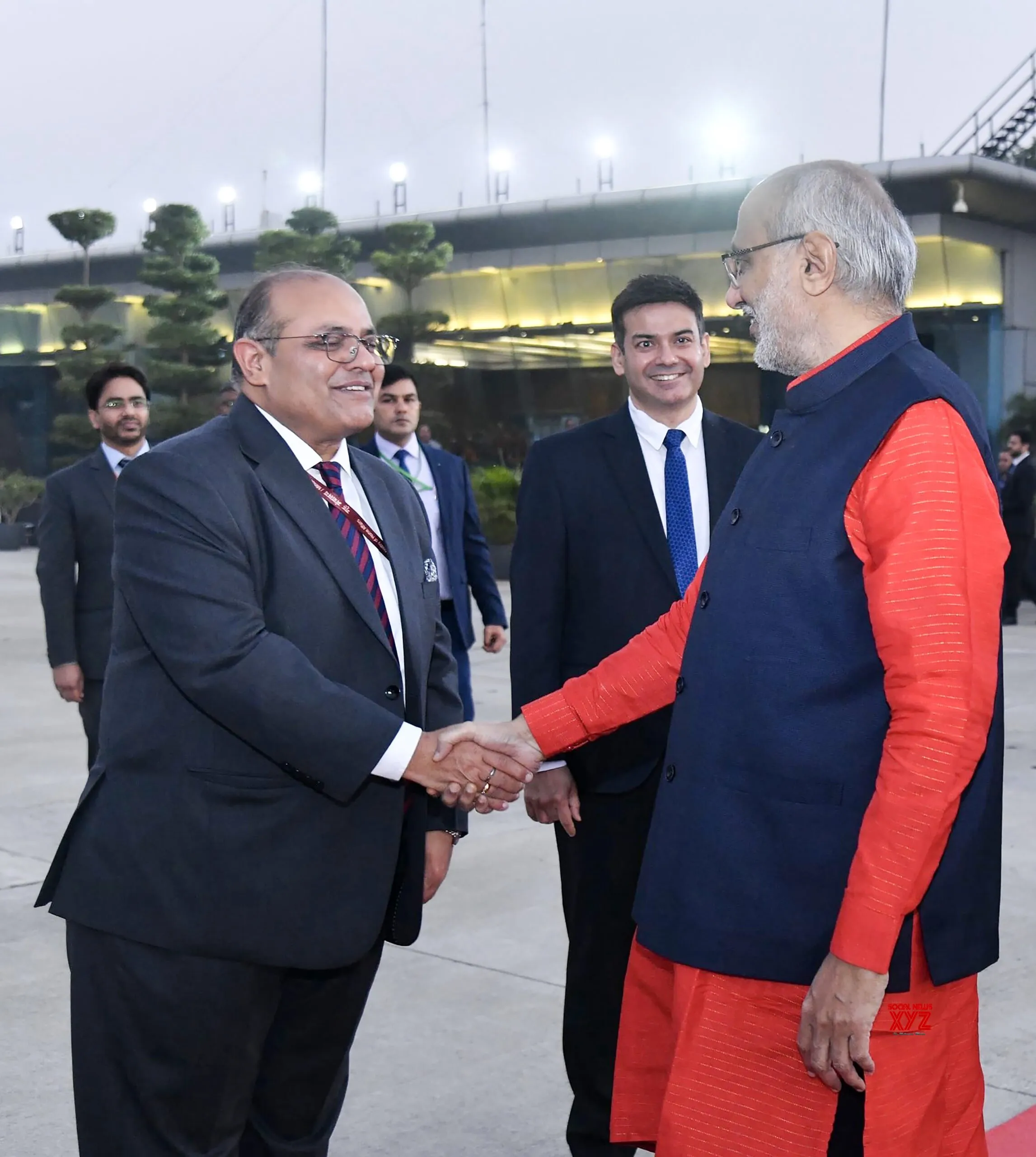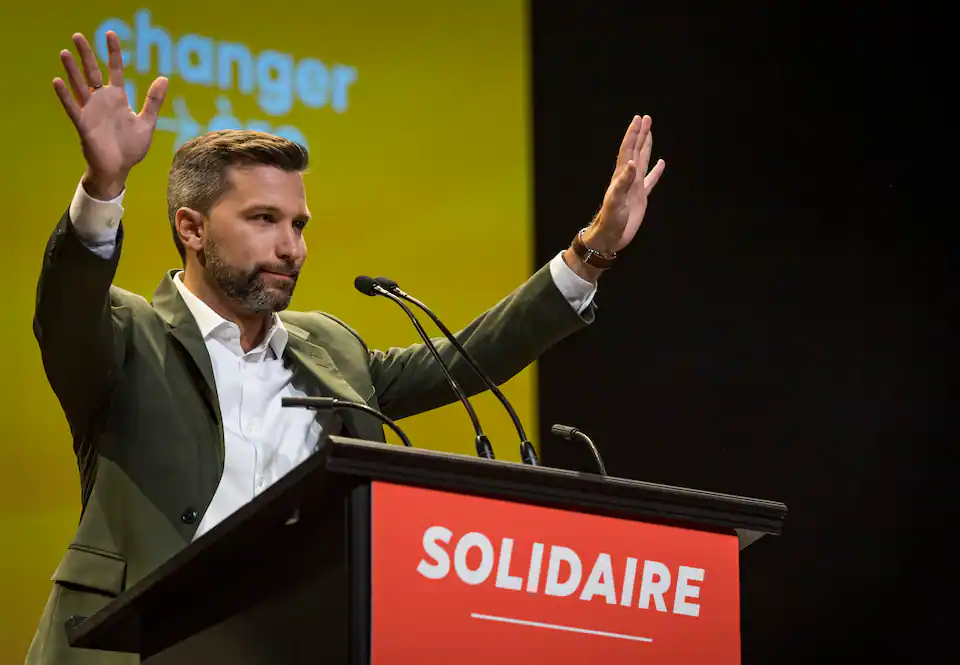Copyright Star Tribune

On Nov. 1, 42 million Americans — many of whom are children, elderly people and low-income workers — who rely on the Supplemental Nutrition Assistance Program (SNAP) to feed themselves and their families will lose their benefits (“No federal food aid will go out next month,” Oct. 27). The government shutdown means that federal funding for many programs is disrupted. The Republican administration is eagerly telling anyone who cares that this is the Democrats’ fault, and that all they need to do is pass the government funding bill and no one will go hungry. This is false on so many fronts. What they haven’t told you is that there is more than $5 billion on reserve as contingency funds held by the USDA for emergency needs — $5 billion that they have decided not to use, purely for political reasons. Those 42 million people are under siege and being held hostage to embarrass and pressure the Democrats, claim it’s their fault, and try to force them to pass the short-term funding bill. Relief funding exists for those who would suffer, but our government would rather hold hungry children as pawns. Benefits will soon disappear for the 42 million Americans who rely on SNAP. Please know that money is available to fund SNAP but that the Trump administration has chosen not to use it. In addition to depriving Americans of food assistance, the Trump administration is blaming the Democrats and falsely representing their motives. The U.S. Department of Agriculture website appears to be in violation of the Hatch Act (a law that restricts the political activities of federal employees to ensure federal programs are administered in a nonpartisan manner). The USDA website banner specifically blames Senate Democrats alone for not funding SNAP and falsely states that they are holding out for “healthcare for illegal aliens and gender mutilation procedures.” While churches, charities, food banks and nonprofit organizations are vitally important, they cannot solve hunger alone. Recent reductions in government programs will increase poverty and hunger at home and abroad. Historically, government programs and policies have played an especially important role. According to Bread for the World, federal nutrition programs provide 10 times as much food assistance as private churches and charities combined. That’s a startling statistic. It means that it is so important to contact your congressional representatives. Personal letters can be very effective. Use your own words to let your representatives know that you support increased food assistance. I know that in Minnesota our grocers contribute a lot of food to local charities. The Big Beautiful Bill removed the tax incentive that some grocers receive for donating goods. Perhaps you could also write to one or all of them to encourage the continuation of these donations despite the loss of this tax deduction. “I don’t know how he sleeps at night,” Homeland Security Secretary Kristi Noem reportedly wondered aloud Friday about Gov. Tim Walz during a news conference in Minneapolis highlighting violent crime rates the Trump administration attributes in large part to immigrants. Any crime has tragic consequences for the victims and needs to be addressed. But at the same time, statistics indicate many categories of crime have diminished in the Twin Cities even as some others have risen. Statistics also demonstrate that immigrants (both documented and undocumented) are less likely to commit crimes than native-born citizens. But these realities don’t seem to matter or fit Noem’s well-rehearsed narrative. I also find her question so ironic. I wonder how she sleeps at night, too, as she has authorized ICE agents to wear masks, avoid wearing identifying badges or name tags, use force against peaceful protesters and grab people off the street (or after banging down their doors or rounding them up at work, often throwing them into unmarked vehicles) while carrying assault weapons. These actions are often based on the color of a person’s skin. So, too, because it is often time consuming or inconvenient to do so, she and this administration have also denied these immigrants the constitutional right of due process: the right a person has to challenge his or her detainment in court — a right that is granted to all within our borders, not just to citizens. So, Secretary Noem, I wonder how you sleep at night, claiming that all this is done in the name of “law and order.” It alarmed me to read the front page item “N.D. seeks to block Minn. power lines” (Oct. 23), indicating that politicians now want to get into the game of electric power grid planning in order to promote parochial interests. Phooey on that! How many things do we know of that, when the politicians get involved, it gets screwed up? As someone who spent a major part of my career with the Upper Midwest power grid organization — then known as Mid-Continent Area Power Pool, or MAPP — I am one of several staff members of that organization who can tell readers that an effective and reliable multistate electric power grid system depends on basic science, solid long-range planning, mathematical analysis and years of engineering design. While not perfect, this multistate approach to supplying the electric power that comes reliably to our homes and places of business in adequate amounts every hour of every day is certainly not based on luck, politics, or narrow localized interests. It would be helpful for readers to think of the electric supply system that serves them as one very large machine, all constructed and connected across multiple state and even international boundaries by various wires, generating points and distribution patterns, all the parts operating as one single machine. This system has to be large in order to be adequate for our needs, to be dependable and to benefit from economies of scale. This multistate regional grid approach has been serving us well for many decades. It undergoes continual assessment, resource and environmental review, engineering, and long-range planning — to now say that individual states are going to call their own shots based on political or localized interests is wrong and will be potentially costly on many levels. The multistate (and in our case multination) power supply approach is the proven way to go on this matter. Let the regional grid management organizations work with existing government power agencies and boards to develop and ratify the physical power grid network. This system works and results in the power we need, when we need it, and at costs that are reasonable. North Dakota and Minnesota have always been good partners in our regional electric power network; let’s keep it that way.



